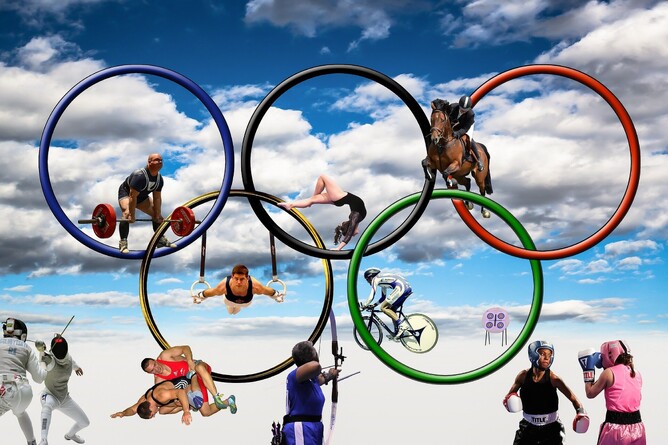You may have noticed various athletes during the Tokyo 2020 Olympics running through their performances in their minds, both before and after their events.
Both mentally rehearsing the perfect future performance and replaying a great real life past performance can help improve future performances. Even studying great performances by others and playing these back in your mind can be helpful.
Visualisation is useful when preparing for any performance
Visualisation is useful preparation for any performance, not just sporting performances. Speech makers, actors, singers, those wanting to increase their interview confidence or driving test confidence can all make good use of visualisation.
Rehearsing in your mind can make you feel more confident and better prepared.
How does visualisation work?
When you visualise an activity the same parts of the brain are stimulated as when you actually carry out the activity. And the richer and more complete the visualisation is the better.
When rehearsing in your mind it’s important to include all your senses, not just your vision to create a rich experience.
As well as seeing yourself, become aware of what you’re saying to yourself (your inner dialogue), what you’re feeling and even consider what you can smell and taste.
If you have a great performance in the past to draw on then just drift back and re-play that performance, taking the time to notice all the little details about yourself right down to how you’re holding yourself, your mannerisms and how you sound.
If you don’t yet have a great performance then imagining yourself performing confidently is still powerful. Your mind will be able to draw on other times when you have felt confident and utilise those feelings.
It’s important to get all perspectives
You may find the visualization experience feels very different when you are rehearsing looking at yourself compared with when you are seeing the experience ‘through your own eyes’.
I would recommend starting off seeing yourself, so as if you were watching your own performance on a TV for example. and then changing the perspective by stepping into your own shoes, so you’re seeing things through your own eyes.
And repeating the process is important too, consider running through the performance multiple times and repeating the visualisations regularly.
I wonder how soon you'll notice the difference?

